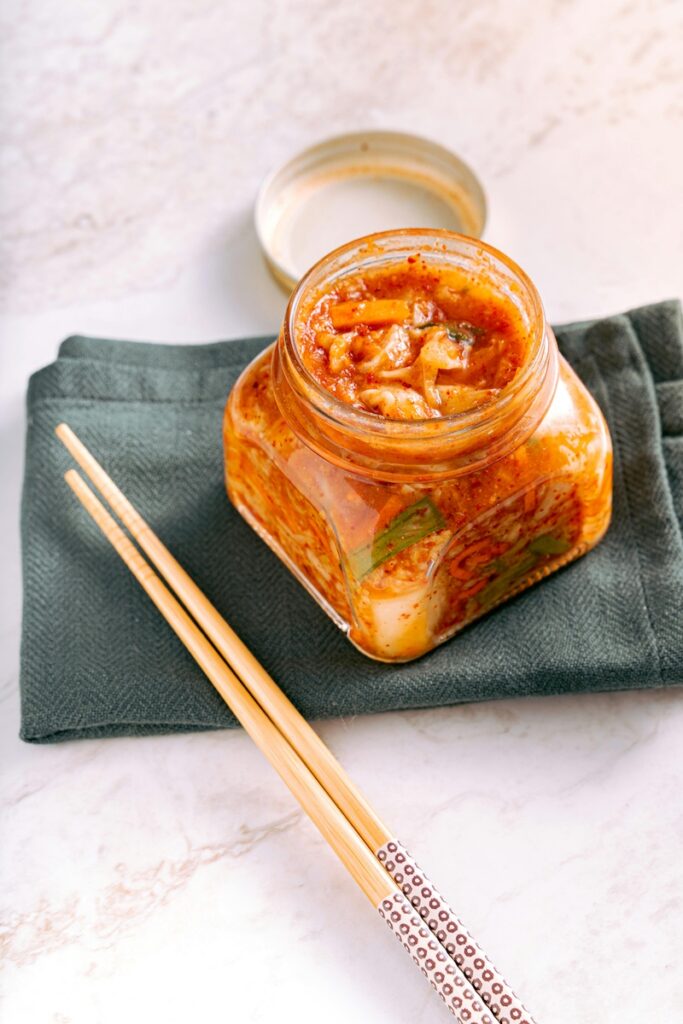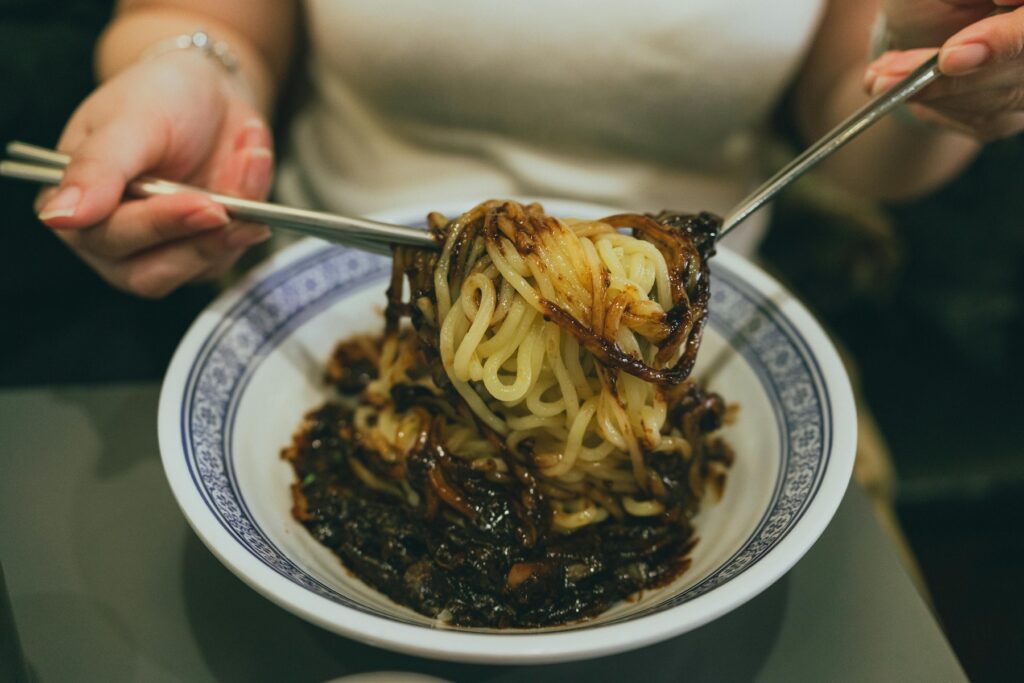Introduction
When foreigners visit Korea, one of the most surprising cultural experiences is the way meals are enjoyed. Unlike in many Western countries where dining always happens at a fixed dining table with chairs, Koreans have traditionally eaten meals sitting on the floor, using a small portable table called sang (상).
Even today, while most Korean homes have modern dining tables, the culture of spreading out a low table on the floor remains alive — especially in the countryside, during family gatherings, and when hosting guests. For foreigners, this can feel both fascinating and challenging: knees and backs may ache, but the experience offers a direct connection to Korea’s history and lifestyle.
This article takes a deep dive into why Koreans eat on the floor, how this culture developed, what it means socially, and how foreigners can adapt while appreciating the uniqueness of Korean dining traditions.
1. Historical Roots of Floor Dining in Korea
Floor-based living has been central to Korean homes for centuries. Traditional Korean houses (hanok) are built with an ondol (온돌) system — underfloor heating using heated stones.
Because the floor was always warm in winter, Koreans naturally developed a lifestyle of sitting, sleeping, and eating on the floor. Unlike in Western cultures where chairs and high tables separated people from the ground, Koreans saw the floor itself as the most comfortable and hygienic space.
Meals were prepared in the kitchen and carried to the main room, where a low, portable table (sang) was set up. Families gathered around, sitting cross-legged or kneeling. This portable system made it easy to accommodate guests, rearrange space, and even clear the table quickly after meals.
2. The Role of Sang (Portable Table) in Daily Life
The sang is not just furniture — it’s a cultural symbol. Made of wood and often decorated with traditional patterns, it represents Korean hospitality.
- Everyday Use: In the past, each person might have their own small sang for solo dining.
- Family Dining: For larger meals, families used bigger versions where everyone could share dishes together.
- Guest Hospitality: When guests visit, Koreans often prepare food and spread out a beautifully decorated sang as a sign of respect.
Even now, in rural areas or during traditional holidays like Chuseok (추석) and Seollal (설날), families eat on these low tables as part of maintaining cultural heritage.
3. Modern Transition: From Floor to Dining Tables
In today’s Korea, urban apartments and Western-style furniture have shifted dining habits. Most younger families use dining tables with chairs for daily meals. However, floor dining has not disappeared:
- Countryside Homes: Many rural households still prefer floor dining.
- Special Occasions: During ancestral rites (jesa), weddings, or traditional gatherings, meals are always served on the floor.
- Cultural Restaurants: Korean restaurants abroad often replicate floor dining with low tables and floor cushions, offering foreigners an “authentic” experience.
This mix of old and new makes Korea unique — where both modern dining tables and traditional sang coexist.
4. Foreigners’ Experience: Fascination and Discomfort
For many foreigners, floor dining is a memorable part of their Korean experience.
Common Reactions:
- Positive: “It feels authentic and cultural, like stepping into history.”
- Challenging: “My legs went numb after 10 minutes!”
- Socially Different: “It feels intimate to sit so close together on the floor.”
Tips for Foreigners:
- Try sitting cross-legged (anja style) or with one leg tucked.
- Don’t worry if you feel uncomfortable — locals understand.
- If it’s too difficult, politely ask if a chair can be provided (many restaurants now offer both options).
5. Symbolism of Hosting with a Sang
Korean hospitality is deeply tied to meals. Preparing food and spreading a low table for guests is a cultural ritual of care.
- It shows respect → guests are honored with abundant dishes.
- It shows community → eating together on the floor emphasizes equality.
- It shows continuity → traditions passed from grandparents to grandchildren.
For foreigners, being invited to eat at a sang is not just a meal, but a gesture of inclusion into Korean family life.
6. Comparison with Other Cultures
- Japan: Also practices floor dining (tatami rooms), but with a more formalized setting.
- China: Historically used low tables but shifted to high tables earlier than Korea.
- Western Countries: Dining tables separate people from the floor, reflecting different cultural views of hygiene and comfort.
Korea’s persistence in keeping floor dining alive makes it stand out globally.
7. Modern Aesthetic: Oriental Patterns on Tables
Today, many portable tables are decorated with traditional Korean art — lotus flowers, cranes, or geometric motifs. For foreigners, dining on such a table isn’t only about food, but also about immersing in Korean aesthetics. It transforms an ordinary meal into a cultural performance.
8. Practical Advice for Foreign Visitors
- Don’t be afraid of making mistakes — just follow locals’ lead.
- Avoid pointing your feet directly at elders.
- If invited to a countryside home, expect floor dining.
- If you struggle physically, smile and explain — hosts usually accommodate.
9. Why This Culture Matters Today
Even as Korea modernizes, the culture of floor dining continues to teach values:
- Humility → sitting on the ground connects people equally.
- Adaptability → portable tables reflect flexible living.
- Tradition → cultural roots are preserved in modern times.
For foreigners, embracing this tradition offers not just a new way to eat, but a deeper way to understand Korea.
Conclusion
Korean floor dining culture is more than just sitting on the ground to eat. It reflects history, hospitality, aesthetics, and identity. Whether it’s sharing kimchi and rice on a wooden sang, hosting guests with sincerity, or enduring the leg cramps of cross-legged seating, the experience leaves a lasting impression.
So next time you’re invited to sit on the floor for a meal in Korea, don’t think of it as discomfort — think of it as a window into the heart of Korean culture.

